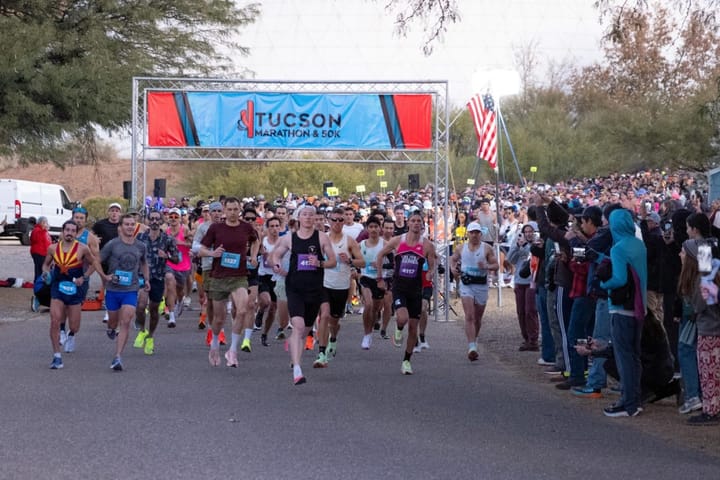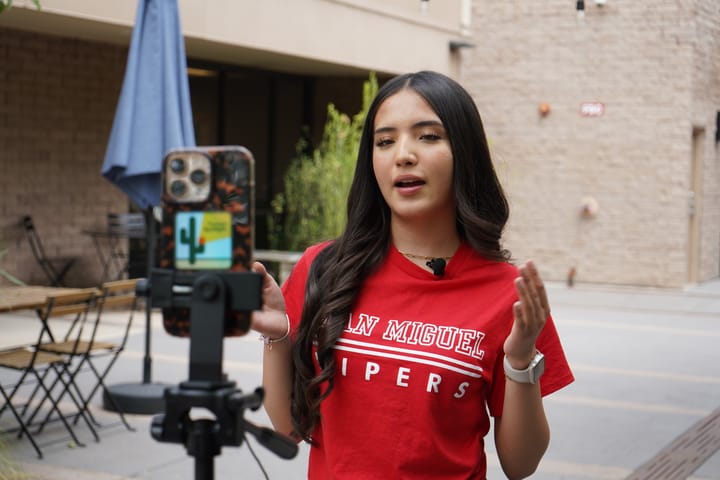Transit advocates push for free fares, regional rail
At a public forum on Fourth Avenue, Tucson transit advocates called for maintaining free fares, improving service and expanding regional rail to better serve the community.
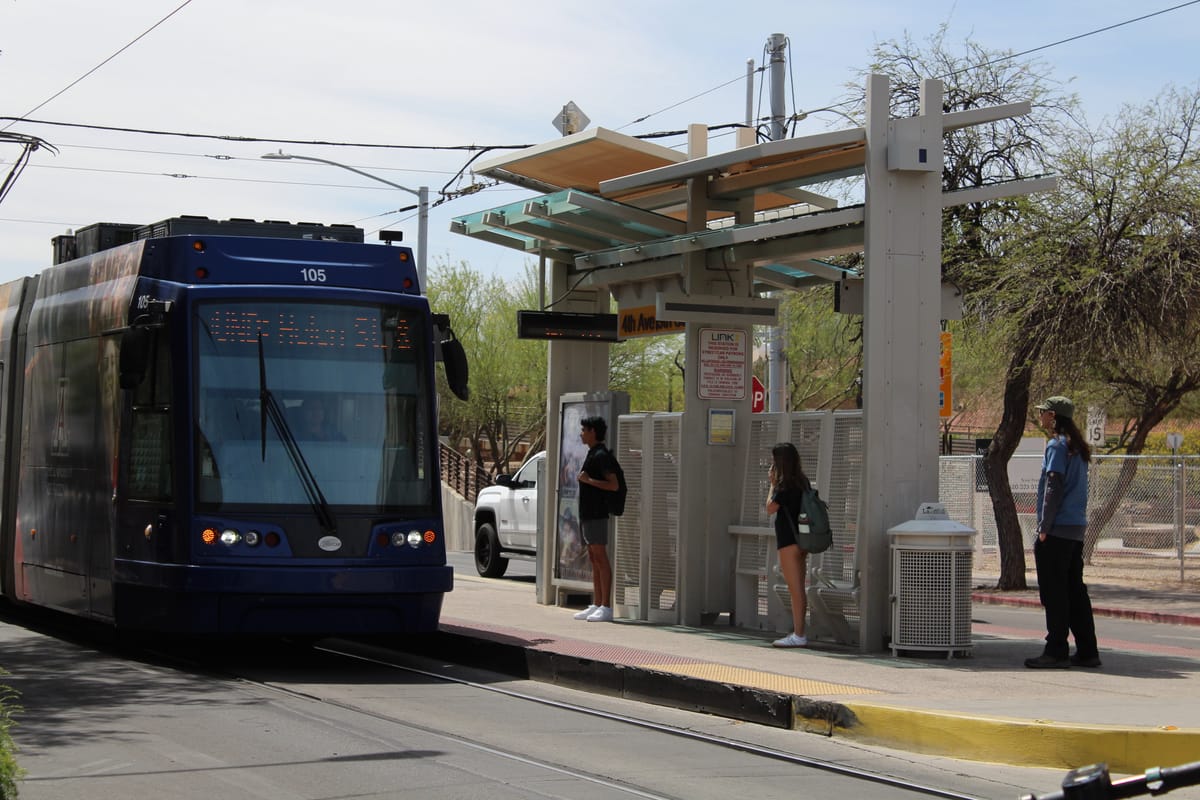
Tucson transportation advocates gathered on Fourth Avenue last week to discuss improving public transit through free fares, better service and regional planning, while seeking ways to make it easier to get around without a car and increase community engagement.
Panelists represented a range of organizations, including a local transportation museum, a progressive veterans group, an advocacy group for fare-free transit, and a community-focused coalition.
They came armed with potential solutions to help make Tucson more bike- and pedestrian-friendly and improve the public transit experience for riders, but acknowledged the city will never be 100% car-free.
“The automobile is extremely convenient, and you’ll never get rid of it,” said the Southern Arizona Transportation Museum’s Gene Caywood. “Public transit also can’t compete when it comes to speed, so I think all you can do is provide the best system you can with the money available.”
Panelist Suzanne Schafer, from Zero Fares Tucson, agreed that Tucson is a car-centric place, saying that public transit advocates sometimes approach the topic in the wrong way. Zero Fares is a city initiative to provide free public transportation, including buses and the streetcar, to all residents.
“People think, ‘How do we get more people to use transit, or people who don’t want to use transit to use it?’ I think the best way is to provide the best service you can to the people who are already using it, because they are the ones that know what the needs are,” Schafer said. “If you improve the customer service to those who use it and you communicate it well, it will grow from there. Then we won’t be in a position of trying to sell something to people who aren’t interested.”
Panelists also weighed in on the RTA Next plan, a new 20-year proposal to continue funding transportation improvements. The plan will require voter approval of a new half-cent sales tax to replace the existing one, which expires next June, and would address various transportation needs, including roadway improvements, transit enhancements and safety measures.
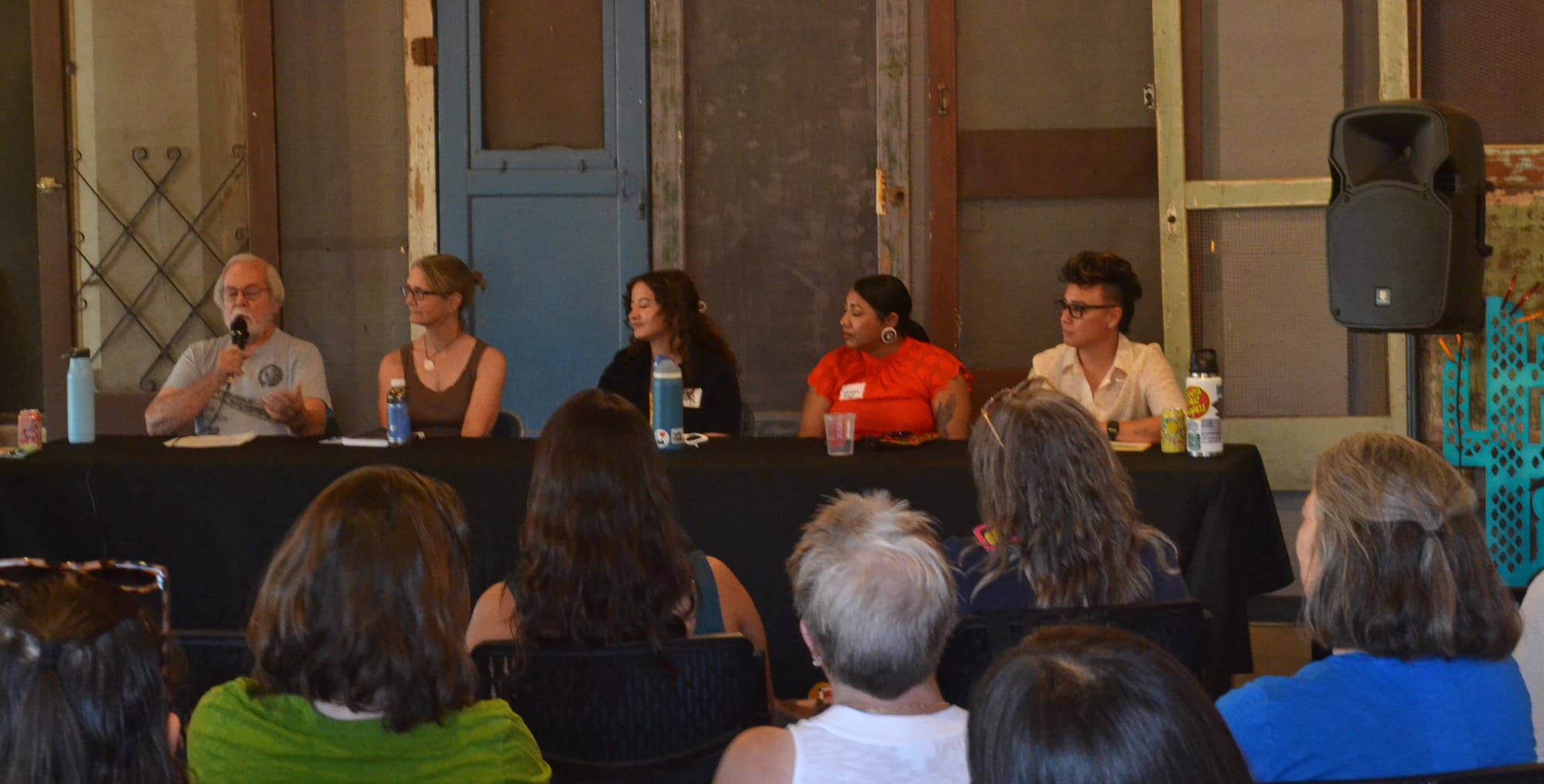
Caywood said just 27% of the current RTA plan funds public transportation, and the proposed RTA Next plan allocates even less.
“The proposed investment in the new RTA plan is 21%. That’s not acceptable. After 20 years we should at least have more,” he said. “If they can’t go up to 33 percent, then I am not voting for it.”
Schafer said she doesn’t think the new plan will pass at the polls.
“If they came up with something that was substantially better, it still wouldn’t be good enough for what we are looking for,” Schafer said. “There’s certainly a lot of logic in doing things regionally, but we’ve had this for 20 years and haven’t done things regionally, so I think we should think about Tucson, and if we do well then it’ll be beneficial to the whole region.”
Panelist Elaina Richards, who runs an Instagram page called Tucson Dignity of Mobility, said that when she thinks of regional transportation, light rail comes to mind.
“Regional projects have to have a higher capacity. I think the focus should be on the corridor between Tucson and Phoenix, which holds 85% of the state population,” Richards said. “Phoenix is the largest city in the U.S. without rail service, and the tourism dollars alone from reconnecting L.A. to Phoenix would trickle down.”
Richards said Tucson’s rail system should continue expanding beyond Pima County to eventually connect with Pinal and Maricopa counties, creating a rail link between the two cities.
“RTA has always been inequitable for Tucson,” said Vannessa Gallego of FUGA Tucson. “It’s something I can’t support, so I think that we can do something partnership-wise without RTA.”
FUGA, or Familias Unidas Ganando Accesibilidad, is a grassroots coalition that sees the bicycle as an important tool to build community and mobilize around key issues.
All panelists agreed that public transit should remain fare-free, saying the benefits of keeping it accessible to everyone outweigh the drawbacks.
“If we have a working system that already serves those who use it, and if they want to make more money, I don’t think that charging everyone who gets on the bus is the way to do it,” said Schafer. “You would have to come up with all the technology needed, the security needed for the money that was collected, you would be burdening only the people that ride the transit.”
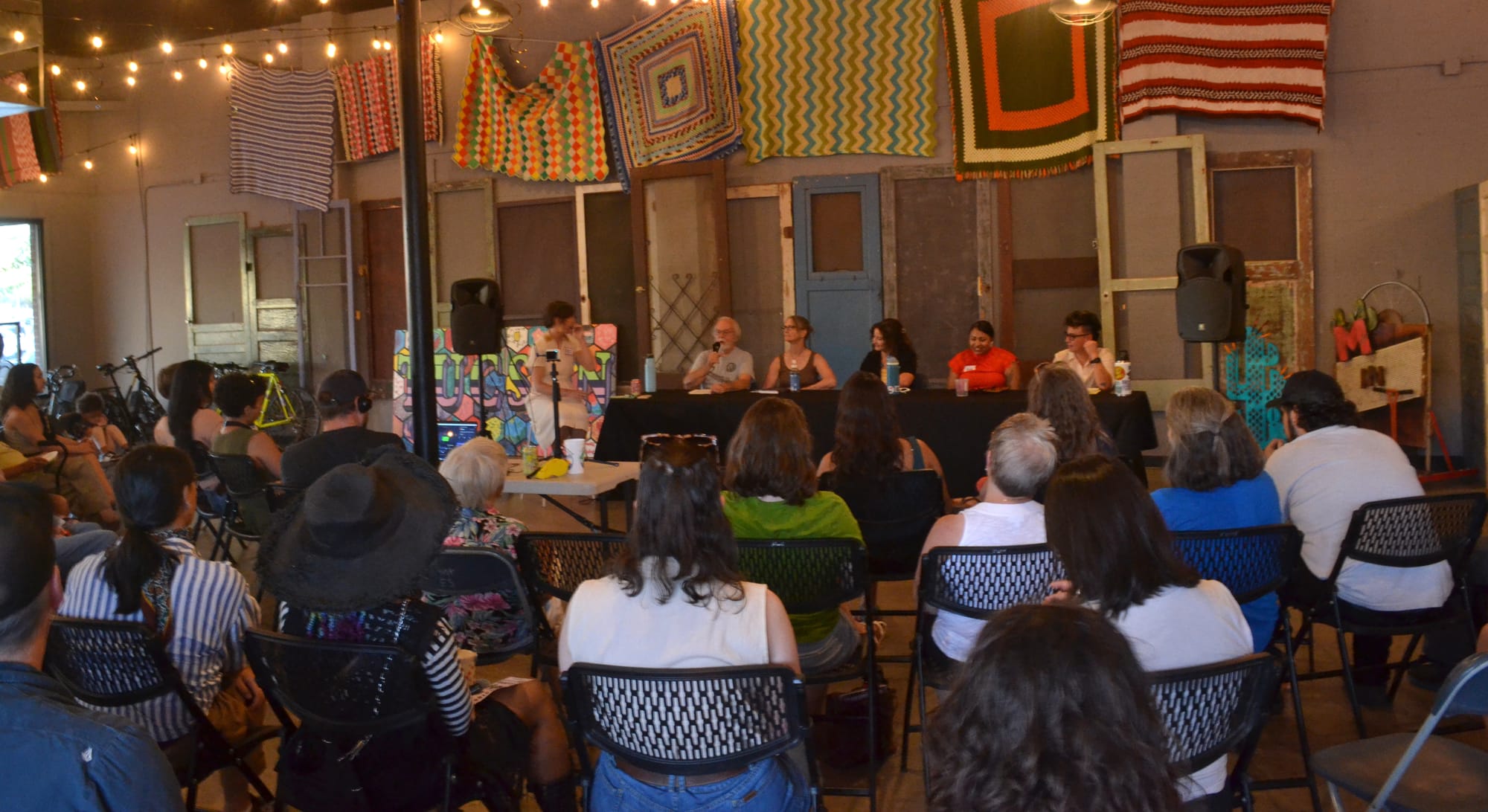
Caywood from the transportation museum noted that transit systems nationwide struggled during the pandemic.
“After COVID, the streetcar usage immediately jumped 103%,” he said. “And as far as bus systems, there are very few cities that have recovered the way Tucson has, and it’s because of being fare-free, and I think that is the best test for free fares, that more people will use the bus.”
When municipalities eliminate barriers to public transportation, ridership goes up, said Common Defense’s Melissa Cordero. Common Defense is a veterans organization focused on addressing issues like racism, hate, accessible transportation and violence.
“More importantly, as the world is experiencing climate change, these buses are moving cooling centers and they are life saving,” Cordero said. “And right now Tucson has a tangible resource that is helping underserved and underinvested communities of people to get to and from work.”
Cordero, an Air Force veteran, gave a personal example of how public transportation can help those in need, like homeless veterans.
“For me, with homeless veterans it really hits close to home,” Cordero said. “My mom was a homeless veteran for three years in Colorado and Seattle and I’ve heard some of the horror stories from her.”
Cordero said her mother is no longer homeless, having received the care she needed, and is now employed and fully reintegrated into society.
“I got my mom back…because of VA services,” said Cordero. “When I asked her what was the biggest challenge during that time, she told me it was getting to and from the VA hospital, so transit is a big deal and right now homeless veterans in Tucson can get to and from their appointments.”
Cordero said buses serve a greater purpose than simply getting people from place to place.
“Why would we take a working system away from a world that is hard and gets harder every day?” Cordero asked. “Why would we take it away?”
Colton Allder is a journalism major at the University of Arizona and Tucson Spotlight intern. Contact him at callder1995@arizona.edu.
Tucson Spotlight is a community-based newsroom that provides paid opportunities for students and rising journalists in Southern Arizona. Please support our work with a paid subscription.


